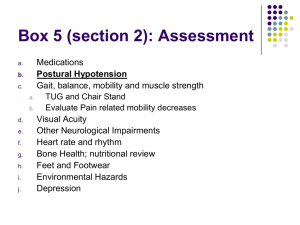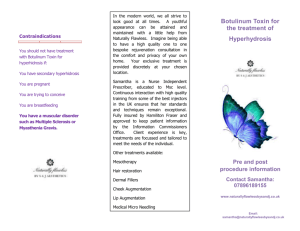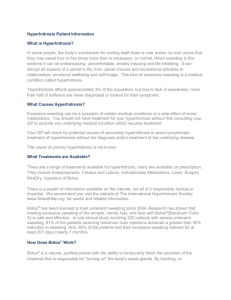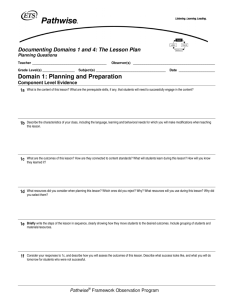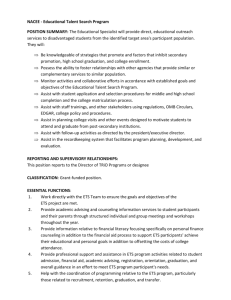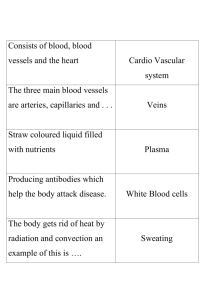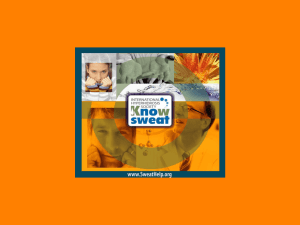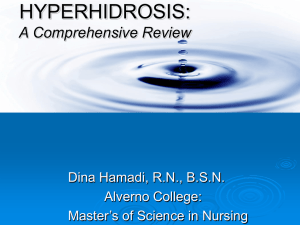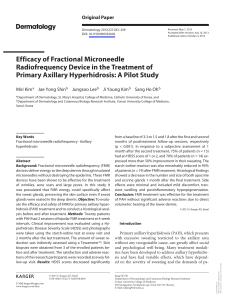Corposcindosis The Split Body Syndrom
advertisement
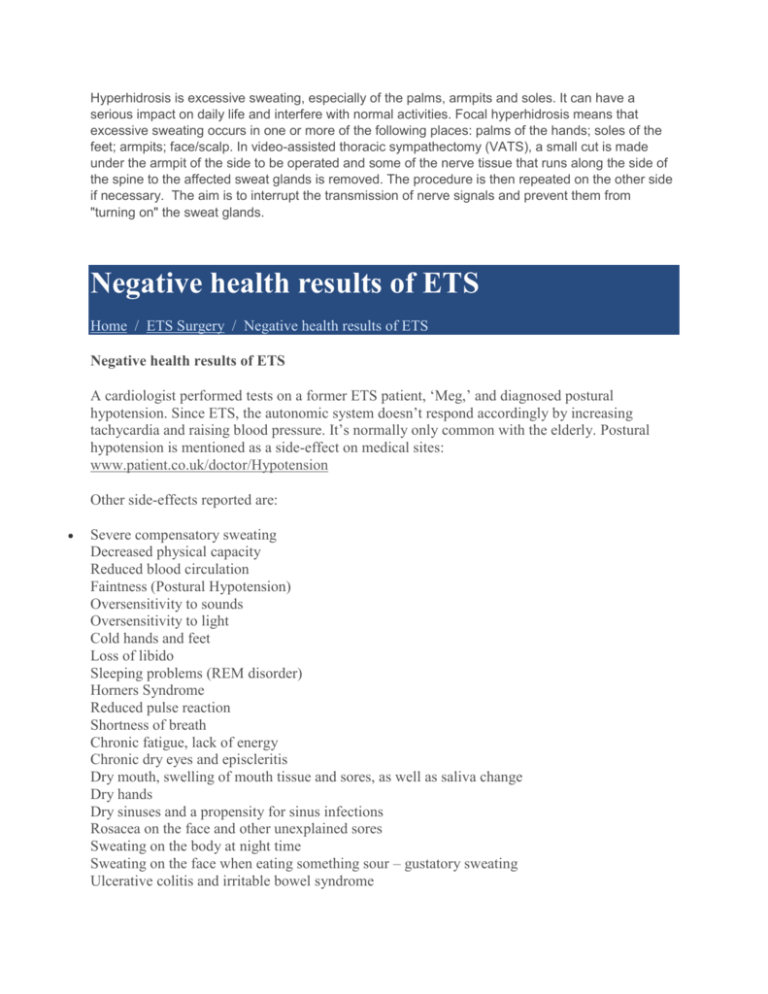
Hyperhidrosis is excessive sweating, especially of the palms, armpits and soles. It can have a serious impact on daily life and interfere with normal activities. Focal hyperhidrosis means that excessive sweating occurs in one or more of the following places: palms of the hands; soles of the feet; armpits; face/scalp. In video-assisted thoracic sympathectomy (VATS), a small cut is made under the armpit of the side to be operated and some of the nerve tissue that runs along the side of the spine to the affected sweat glands is removed. The procedure is then repeated on the other side if necessary. The aim is to interrupt the transmission of nerve signals and prevent them from "turning on" the sweat glands. Negative health results of ETS Home / ETS Surgery / Negative health results of ETS Negative health results of ETS A cardiologist performed tests on a former ETS patient, ‘Meg,’ and diagnosed postural hypotension. Since ETS, the autonomic system doesn’t respond accordingly by increasing tachycardia and raising blood pressure. It’s normally only common with the elderly. Postural hypotension is mentioned as a side-effect on medical sites: www.patient.co.uk/doctor/Hypotension Other side-effects reported are: Severe compensatory sweating Decreased physical capacity Reduced blood circulation Faintness (Postural Hypotension) Oversensitivity to sounds Oversensitivity to light Cold hands and feet Loss of libido Sleeping problems (REM disorder) Horners Syndrome Reduced pulse reaction Shortness of breath Chronic fatigue, lack of energy Chronic dry eyes and episcleritis Dry mouth, swelling of mouth tissue and sores, as well as saliva change Dry hands Dry sinuses and a propensity for sinus infections Rosacea on the face and other unexplained sores Sweating on the body at night time Sweating on the face when eating something sour – gustatory sweating Ulcerative colitis and irritable bowel syndrome Chronic low-level thrush Recurring urinary tract infections as well as ‘sub-clinical’ infections Sensitivities to foods, perfume etc. Dehydration of whole body Lack of libido Split Body Syndrome (Corposcindosis) Delayed reaction (slower when reacting physically) Mental delay (vaguer, and slower in response time) DepressionAcne Corposcindosis The Split Body Syndrom Corposcindosis is a disease of the autonomic nervous system in which sympathetic nerve function has been divided into two distinct regions, one dead and the other hyperactive. Another name for the disease is split body syndrome. The most common way to get this disease is through a endoscopic thoracic sympathectomy. This surgery is performed mostly on people with a condition called hyperhidrosis. The surgeon will cut the nerves that cause sweating in the problem area.The loss of sympathetic nerve function in the denerved region is easily explained. Messages from the brain cannot reach the target organs, glands and muscles because the neural pathways have been severed. However, this does not explain the consequent hyperactivity in the still-working region.Since the sympathetic nervous system connects to so many body structures symptoms of this disease could include: 1. Total anhidrosis (inability to sweat) above the nipple line, severe hyperhidrosis below the nipple line. Skin in the denverved non-functioning upper-region can be 10-12 degrees F hotter than in the hyper-functioning lower region. The patient can feel as though living in "two different bodies". 2. Loss of vascular control (ability to constrict/dilate blood vessels) in denerved area. 3. Loss of cardiac response to fear, strong emotion and exercise. 4. Loss of goosebumps above the nipple line, overactive goosebumps below the nipple line. 5. Loss of sympathetic modulation of endocrine function in denerved area, possible over-stimulation of endocrine function in working region. 6. Loss of sympathetic modulation of lypolysis (breakdown of fat) in the denerved region, possible over-modulation in the working region. 7. Disturbed and/or diminished emotional response, due to the strong role played by the autonomic nervous system in human emotion. In particular, CS can significantly reduce the experience of fear, excitement, thrills and other strong em8. Disturbed thermoregulation due to upper-body anhidrosis and loss of vascular control. Warm weather malfunction is mostly due to the inability to achieve any evaporative cooling effect on the upper body. Cold weather malfunction is due to the inability of cutaneous blood vessels to constrict, and the inability of deep vessels to dilate. The upper body acts a large "heat leak", and fails to properly divert blood to the core and conserve heat energy. 9. Decreased alertness, due to the disconnect between human emotion and normal physiologic responses to those emotions which ordinarily would increase the levels on many body functions including cardiac output otions.
